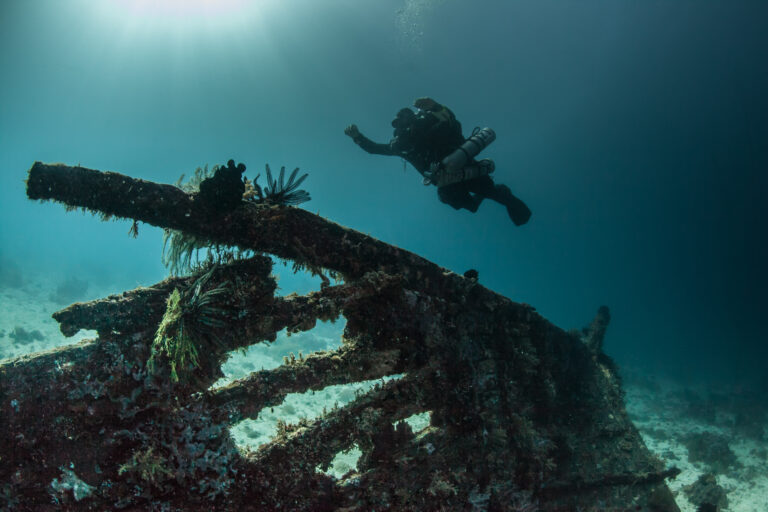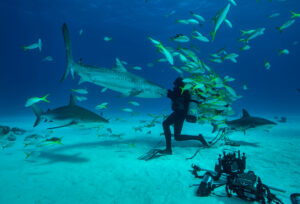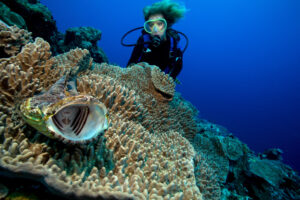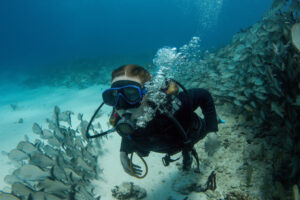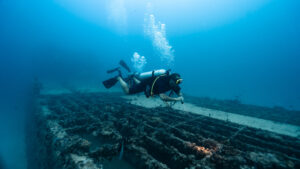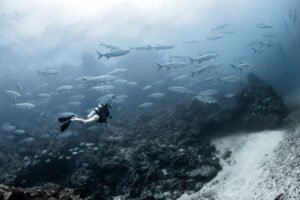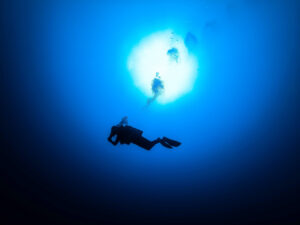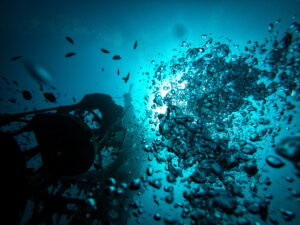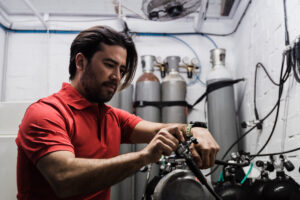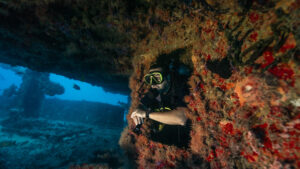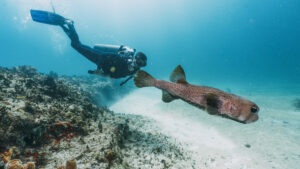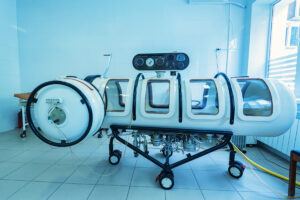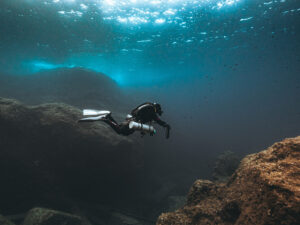What is a Mask Squeeze?
Mask squeeze, also known as facial barotrauma, is a painful and potentially dangerous condition that may occur during rapid descents in scuba diving. As a diver descends, the ambient pressure in the water increases, leading to a disparity between the pressure inside the mask and the surrounding water pressure. If the diver fails to equalize the pressure in the mask, the resulting suction effect can cause discomfort, tissue swelling, and even permanent damage. To prevent mask squeeze, divers must be aware of the need to equalize their masks and understand the proper techniques for doing so.
Causes and Mechanism
When a diver descends into deeper water, the increasing water pressure compresses the air in the mask. This causes a partial vacuum to form within the mask, creating a suction effect on the diver’s face and eyes. If the pressure is not equalized, the blood vessels in the face and eyes can be subjected to undue stress, leading to tissue swelling and capillary damage.
The likelihood of mask squeeze increases with the rapidity of descent and the depth attained. The greater the pressure difference between the inside of the mask and the surrounding water, the more severe the potential consequences. Mask squeeze is not typically a problem during slow, controlled descents, as the pressure difference remains manageable.
Symptoms and Consequences
The symptoms of mask squeeze can range from mild discomfort to severe pain, and may include:
- Sensation of tightness or pressure on the face and eyes.
- Redness and bruising around the eyes and face.
- Swelling of the face, particularly around the eyes.
- Subconjunctival hemorrhage (broken blood vessels in the white part of the eye).
- In severe cases, retinal detachment or permanent vision loss.
If a diver suspects they are experiencing mask squeeze, they should ascend slowly to a shallower depth and equalize the pressure in their mask. Continuing to dive without addressing the issue can result in lasting damage to the facial tissues and eyes.
Prevention and Equalization Techniques
The key to preventing mask squeeze is learning to equalize the pressure in the mask regularly and effectively during a dive. Here are some techniques divers can use to achieve this:
- Exhale gently through the nose: By exhaling gently through the nose, a diver can create a positive pressure within the mask, helping to balance the pressure inside and outside the mask. This method is the most straightforward and can be performed throughout the descent.
- Press and blow: This technique involves placing gentle pressure on the top of the mask while simultaneously exhaling through the nose. This creates a seal between the mask and the face, allowing the air pressure inside the mask to increase and equalize with the surrounding water pressure.
- Finger equalization: If the previous techniques are insufficient, a diver can insert a finger under the edge of the mask to create a small opening, allowing air to flow in and equalize the pressure. This method should be used cautiously, as it can momentarily break the seal between the mask and the face, potentially allowing water to enter.
- Choose a low-volume mask: Low-volume masks sit closer to the face, resulting in a smaller air space that is easier to equalize. This can help to reduce the risk of mask squeeze, especially for divers who have difficulty equalizing their masks using other techniques.
Additional Factors and Considerations
There are several factors that may increase a diver’s susceptibility to mask squeeze or make equalization more challenging:
- Nasal congestion: A diver with nasal congestion may have difficulty exhaling through their nose, making it challenging to equalize the pressure in the mask. In such cases, it is advisable to postpone diving until the congestion clears or to use a decongestant before the dive, as recommended by a healthcare professional.
- Facial hair: Divers with facial hair may experience difficulties creating a proper seal between the mask and their face, potentially increasing the risk of mask squeeze. Trimming facial hair or applying a thin layer of petroleum jelly to the beard or mustache can help create a better seal.
- Ill-fitting mask: A mask that does not fit properly can make equalization more difficult, as well as increase the likelihood of water entering the mask. Divers should ensure that their mask fits securely and comfortably, with a snug seal around the face.
- Inexperience or anxiety: Inexperienced divers or those with anxiety about diving may be more prone to rapid descents, increasing the risk of mask squeeze. Proper dive training and practice, as well as relaxation techniques, can help to alleviate anxiety and promote controlled descents.
Treatment and Recovery
If a diver experiences mask squeeze, they should immediately cease their descent, ascend slowly to a shallower depth, and equalize the pressure in their mask. In mild cases, symptoms such as redness and swelling may resolve on their own within a few hours to a few days. Over-the-counter pain relievers and anti-inflammatory medications can help alleviate discomfort and reduce inflammation.
In cases of subconjunctival hemorrhage, the affected eye may appear bloodshot but should not be painful. The condition typically resolves on its own within one to two weeks. However, if pain, vision changes, or other concerning symptoms develop, the diver should seek medical attention.
For severe cases involving retinal detachment or other serious eye injuries, prompt medical evaluation and treatment are crucial. Divers should not attempt further dives until cleared by a healthcare professional, as additional dives may exacerbate the damage.
Key Takeaways
Mask squeeze is a preventable condition that can cause significant discomfort and potential harm to divers who do not equalize the pressure in their masks during rapid descents. By understanding the causes, symptoms, and techniques for equalization, divers can minimize their risk of experiencing mask squeeze and ensure a safe and enjoyable diving experience. Regular practice of equalization techniques and choosing appropriate equipment can further reduce the likelihood of encountering mask squeeze.
Mask squeeze is a preventable condition that divers can avoid by understanding its causes, practicing proper equalization techniques, and using appropriate equipment. By being vigilant and proactive in equalizing mask pressure during rapid descents, divers can minimize their risk of experiencing this painful and potentially harmful condition, ensuring a safe and enjoyable underwater experience.

